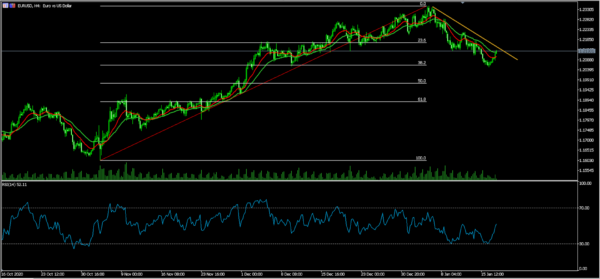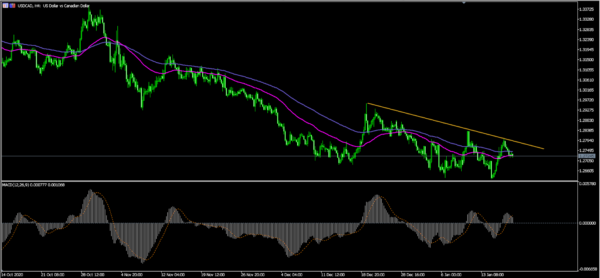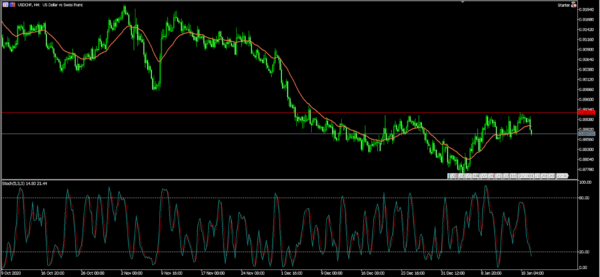The euro bounced back today after relatively strong economic data from Europe. In Germany, survey data by ZEW showed that the current conditions improved from -66.5 to -66.4 in January. The economic sentiment increased from 55.0 to 61.8. In the Eurozone, the economic sentiment rose from 54.4 to 58.3, possibly because of the rollout of the coronavirus vaccine. These numbers came a day before the official inflation numbers from the Eurozone and two days before the ECB interest rate decision. Earlier today, data from Germany revealed that the headline CPI dropped to -0.3% while the harmonised inflation dropped to -0.7%.
The Swiss franc strengthened slightly against the US dollar and the euro after the country’s statistics office delivered the factory-gate index. The data showed that Switzerland is still struggling with low inflation as the country continues to deal with the coronavirus pandemic. The headline producer price index (PPI) rose by 0.5% in December after falling by 0.1% in the previous month. This led to an annualised decline of 2.3%, which was better than the previous 2.7%.
The Canadian dollar strengthened slightly as the Bank of Canada started its first monetary policy meeting of the month. Economists are torn about the actions the bank will take tomorrow. Some expect the bank to leave interest rates unchanged at 0.25% and warn of a future rate cut. Others believe that it will issue a micro-rate cut since it has pledged to not take them into negative territory. Recent economic numbers have been relatively negative for the Canadian economy. For example, the country lost more than 62,000 jobs in December. Yesterday, data showed that the housing starts dropped from 259k in November to 228k in December.
EUR/USD
The EUR/USD pair dropped to a low of 1.2054 yesterday. This was along the 38.2% Fibonacci retracement level. In the past few hours, the pair has turned around and moved above the 15-day and 25-day moving averages. Similarly, the Relative Strength Index (RSI) has moved from the oversold level of 29 to the current 52. Still, the price is below the descending brown trendline, meaning that the overall trend is still bearish.
USD/CAD
The USD/CAD pair dropped today ahead of the Bank of Canada decision. The pair is trading at 1.2125, which is below yesterday’s high of 1.2800. On the four-hour chart, the price is slightly below the descending trendline shown in brown. It is also at the same level as the 25-day moving average while the signal and histogram of the MACD have formed a bearish crossover. Therefore, the pair will likely continue falling ahead of the BOC decision.
USD/CHF
The USD/CHF pair pulled-back after the Swiss PPI data. It is trading at 0.8868, which is below the double-top of 0.8926. The neckline of this double-top is at 0.8847. On the four-hour chart, the price has moved below the 14-day EMA while the two lines of the Stochastic oscillator have moved below the oversold level. Therefore, the pair will likely continue falling as bears target the neckline of the double top.















